
The Best Color Temperature for Under Cabinet Lighting: Warm vs. Cool
Share
Choosing the right color temperature for under cabinet lighting is crucial for both the functionality and aesthetics of your kitchen. This decision impacts not only how your kitchen looks but also how effectively you can perform tasks such as cooking and cleaning. In this article, we will explore the differences between warm and cool color temperatures, supported by research and expert opinions, to help you make an informed decision.
Understanding Color Temperature

(We classify these CCTs as very warm, warmer white, warm white, commercial warm, natural white, cool white)
Color temperature is measured in Kelvin (K) and represents the hue of a specific type of light source. It ranges from warm (lower Kelvin) to cool (higher Kelvin):
- Warm Light (2700K-3000K): This light is often yellowish and resembles traditional incandescent lighting. It creates a cozy and inviting atmosphere.
- Cool Light (3500K-5000K): This light appears more bluish and is similar to daylight. It provides bright, clear illumination, enhancing visibility.
The Impact of Color Temperature on Kitchen Functionality
1. Task Performance
A study published in the Journal of Light & Visual Environment highlighted that higher color temperatures improve task performance by providing better visibility and contrast. For tasks that require precision, such as chopping vegetables or reading recipes, cool white light (4000K-5000K) is more effective. This is because the higher Kelvin light reduces shadows and enhances clarity.
2. Visual Comfort and Eye Strain
Research from the Lighting Research Center indicates that while cool light enhances visibility, it can also cause eye strain if used for prolonged periods. Warm light (2700K-3000K) is gentler on the eyes and can be more comfortable for activities that don't require high precision, like general kitchen activities or dining.
3. Aesthetic Appeal
According to a study by the Illuminating Engineering Society (IES), color temperature significantly affects the perceived ambiance of a space. Warm light creates a welcoming and cozy atmosphere, making it ideal for kitchens that serve as social or family gathering spaces. In contrast, cool light provides a modern, clean look, which can complement contemporary kitchen designs.
Choosing Between Warm and Cool Light

Warm Light (2700K-3000K)
-
Pros
- Creates a cozy and inviting atmosphere.
- Reduces eye strain, providing comfort for prolonged use.
- Enhances the natural look of wood and warm-colored cabinetry.
-
Cons:
- May not provide sufficient brightness for detailed tasks.
- Can make spaces appear smaller.
Cool Light (3500K-5000K)
-
Pros:
- Enhances visibility and task performance.
- Provides a modern and clean aesthetic.
- Makes small spaces appear larger and more open.
-
Cons:
- Can cause eye strain with prolonged exposure.
- May make the space feel less inviting.
Further Reading:
Practical Recommendations
Combining Warm and Cool Lighting
Experts from the American Lighting Association suggest combining both warm and cool lighting to maximize the benefits of each. For example, use cool light under cabinets for task lighting and warm light for general or ambient lighting. This approach ensures that you have bright, clear light for detailed tasks and a cozy atmosphere for social interactions.
Dimmable Lighting Solutions
Using dimmable LED light bars or fixtures can help you adjust the color temperature to suit different activities and times of the day. According to a report by Energy Star, dimmable LEDs not only save energy but also allow for customization of lighting, enhancing both functionality and comfort.
Specific Use Cases
- Task Lighting: For areas where precision is key, such as countertops and workspaces, install cool white LED light bars with a color temperature of 4000K-5000K.
- Ambient Lighting: For general lighting, especially in areas used for dining or socializing, opt for warm white LED lights with a color temperature of 2700K-3000K.
Conclusion
The best color temperature for under cabinet lighting depends on the specific needs and design of your kitchen. While cool light enhances task performance and visibility, warm light provides comfort and ambiance. Combining both types of lighting or using dimmable fixtures can offer a balanced solution that caters to various activities and preferences. By understanding the impact of color temperature on functionality and aesthetics, you can make a more informed decision and create a well-lit, inviting kitchen space.
Explore our range of under cabinet lighting solutions at Lumaz to find the perfect balance of warm and cool lighting for your kitchen.
Further reading:


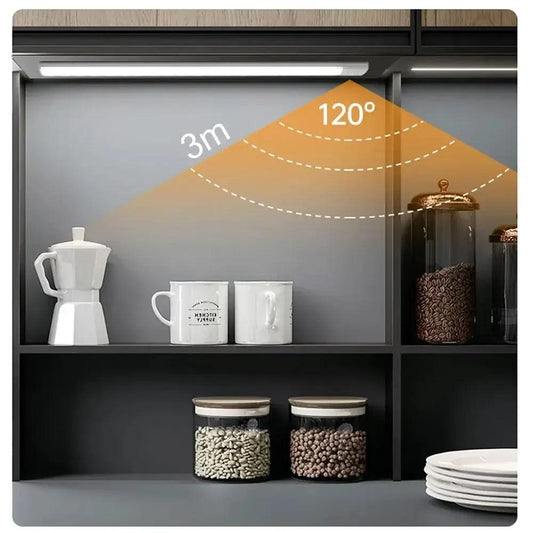



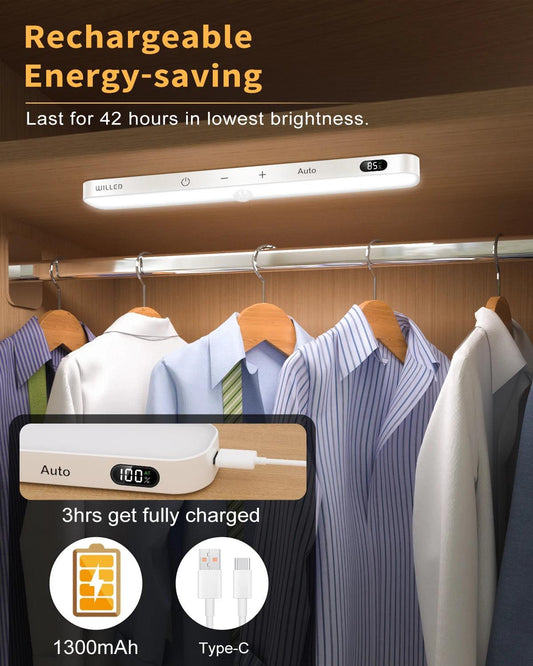

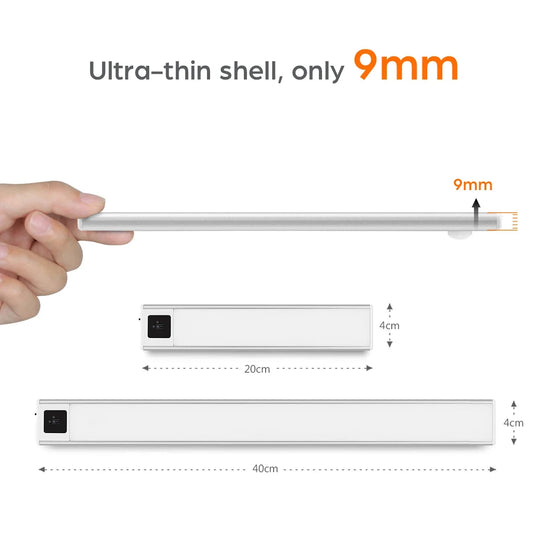

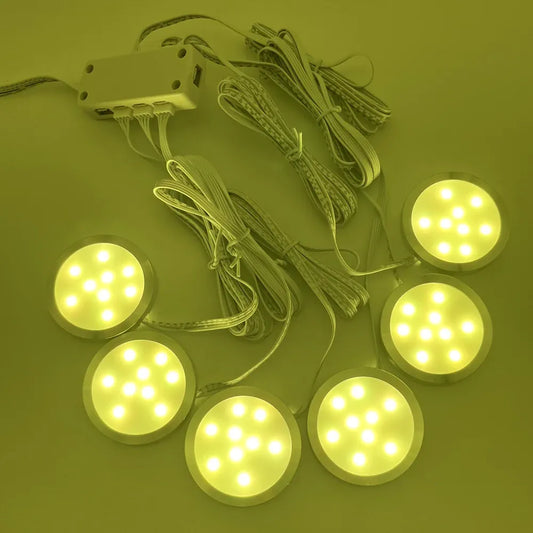



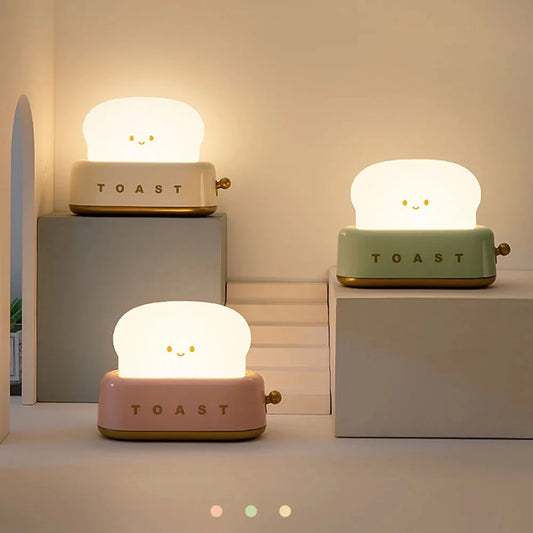

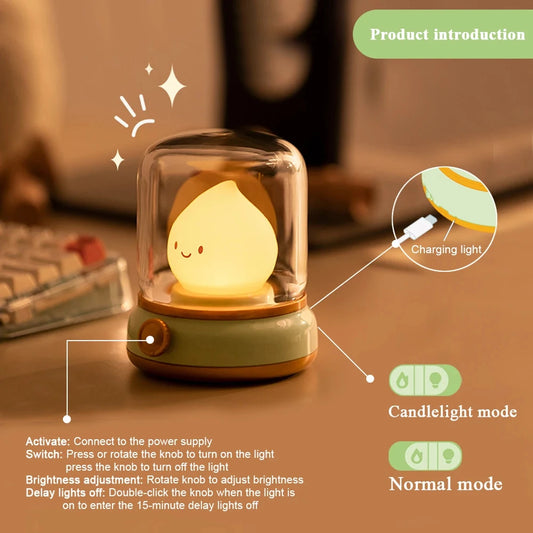

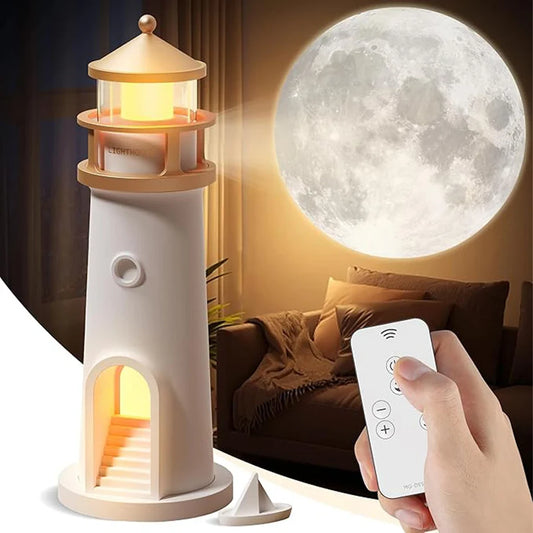

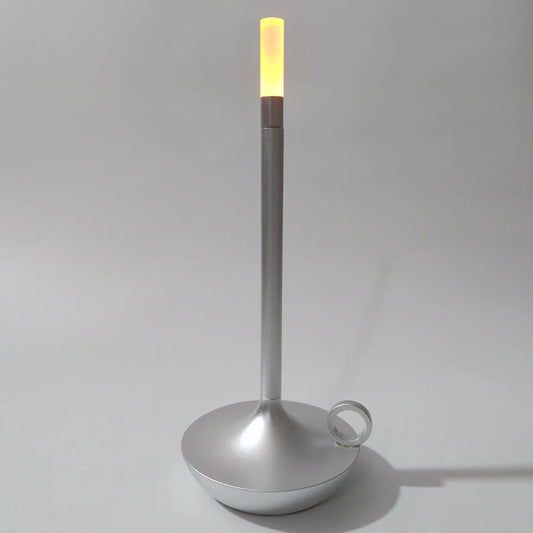

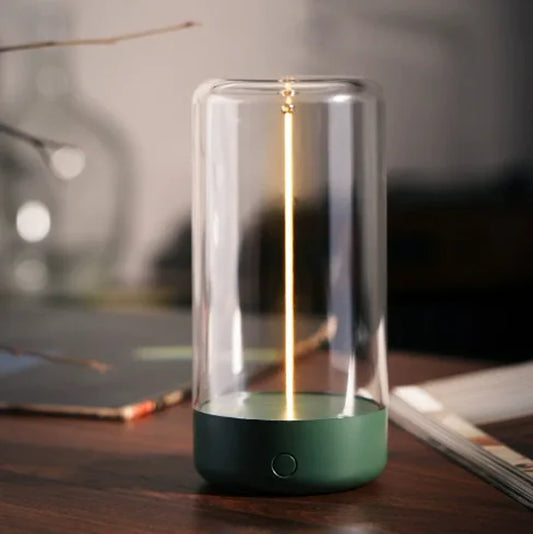

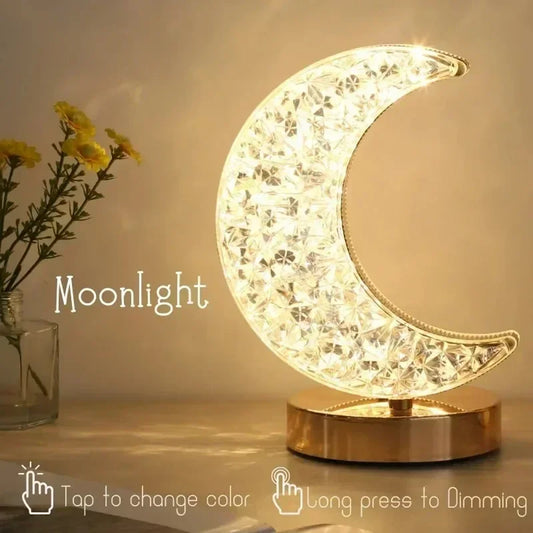



 />
/>
 />
/>
 />
/>
 />
/>
 />
/>